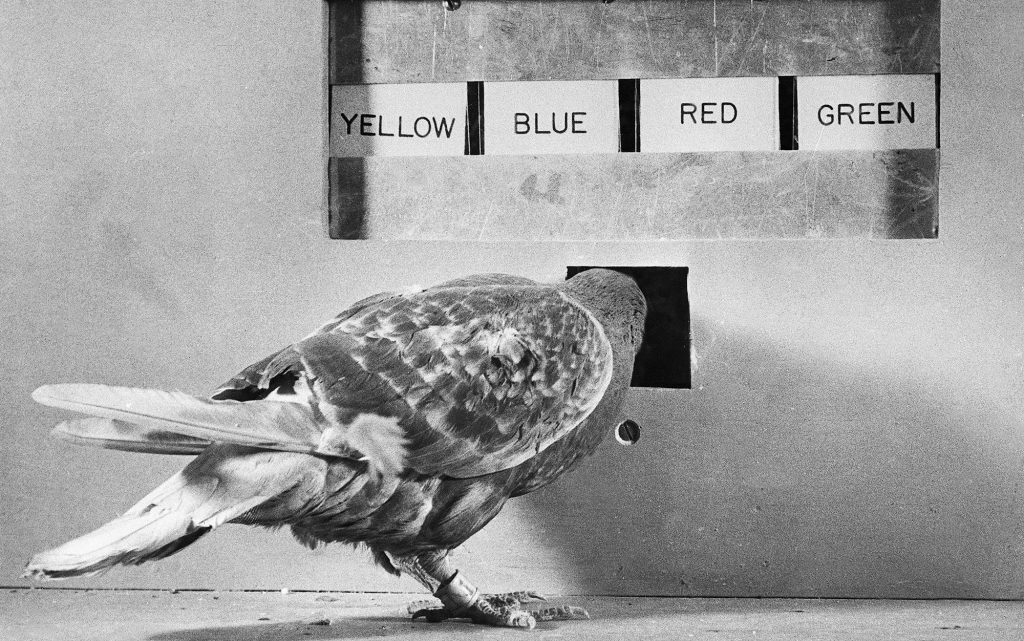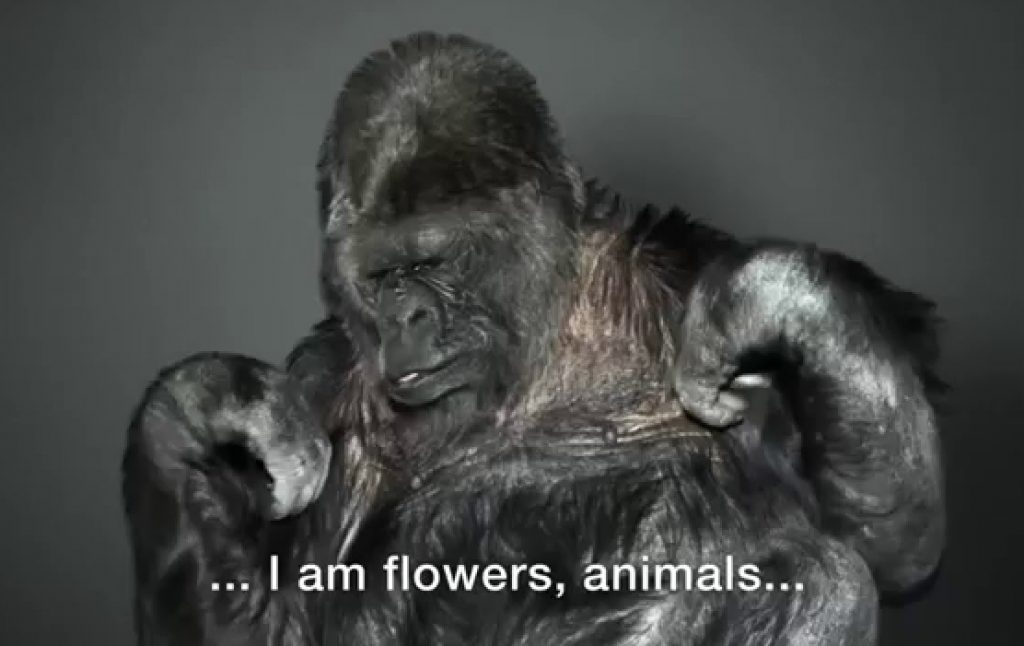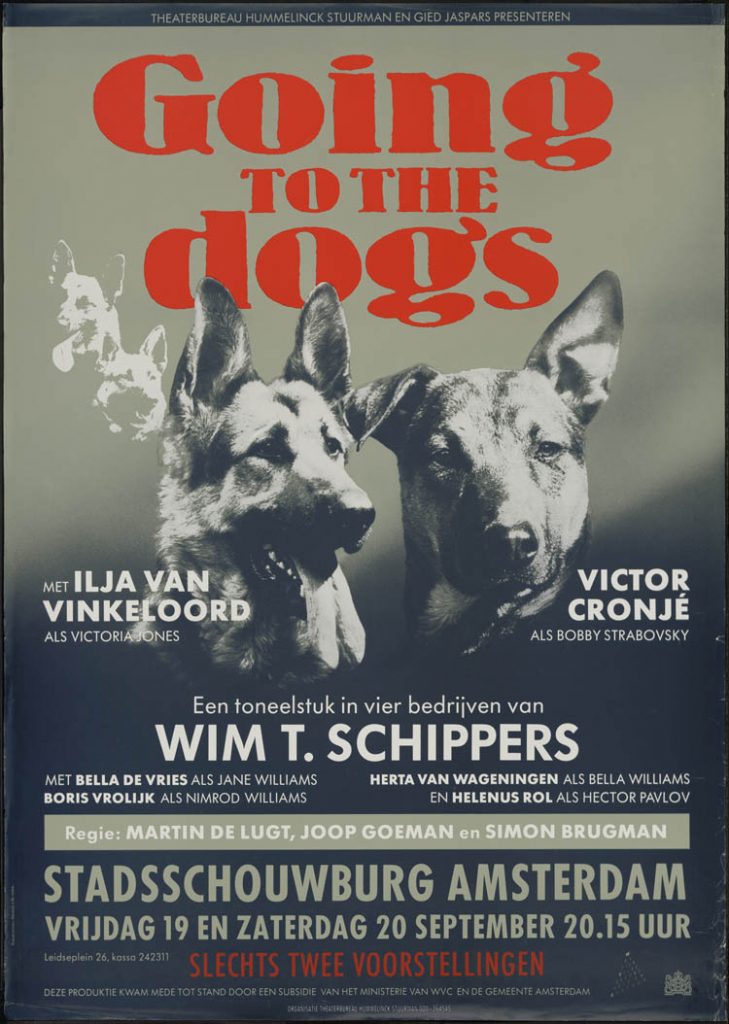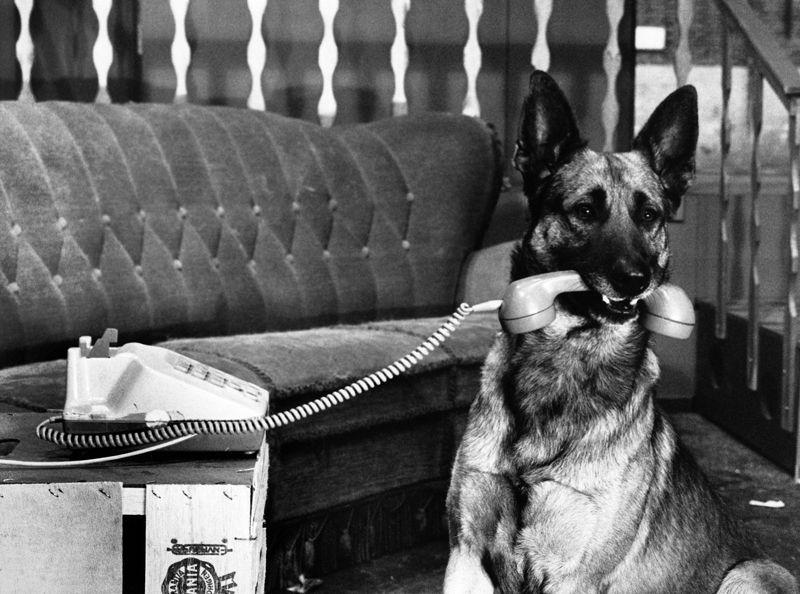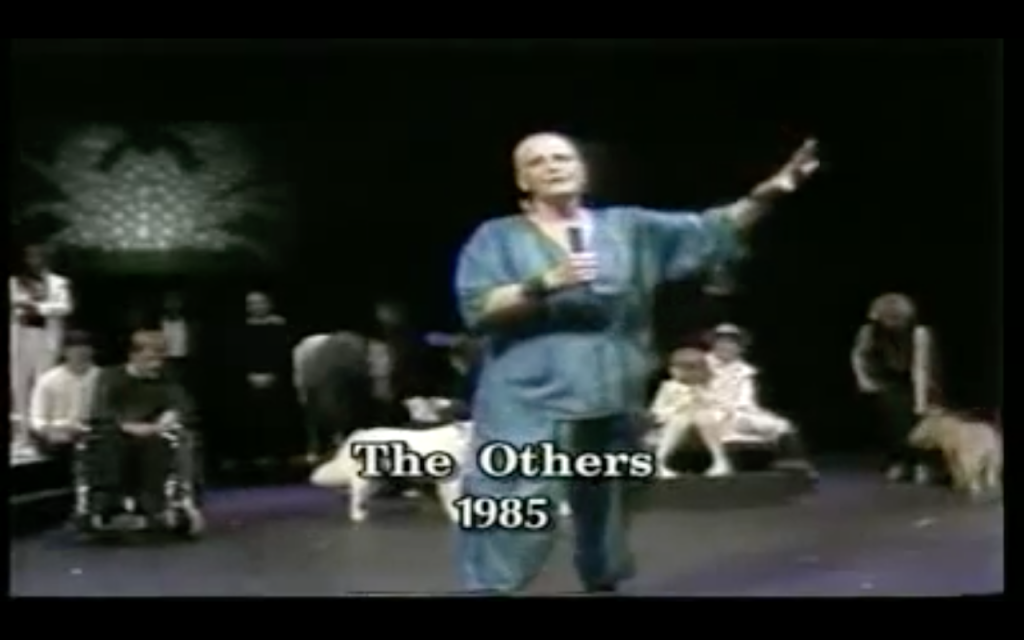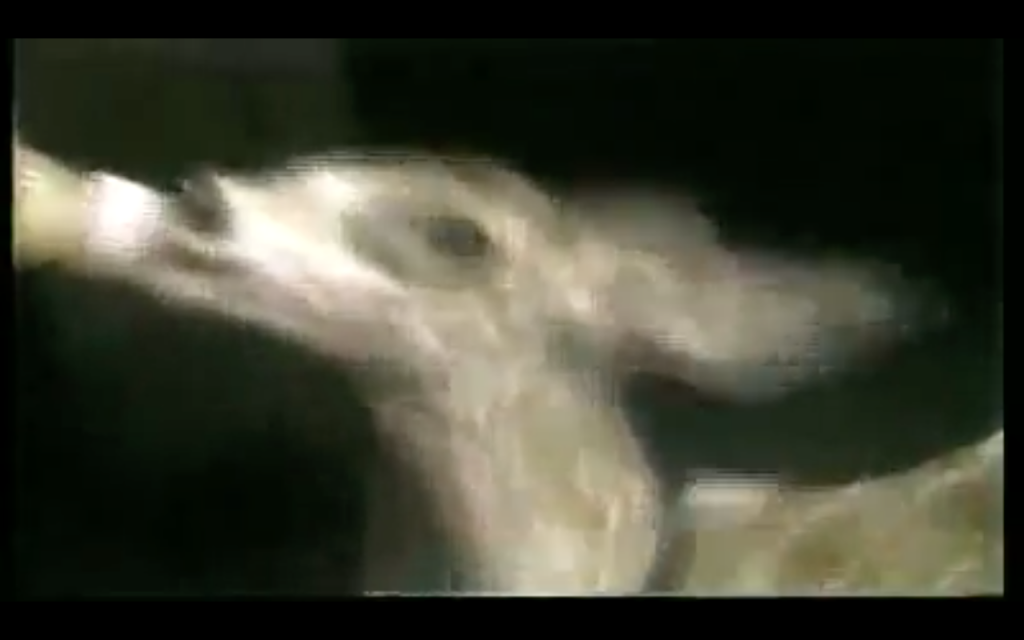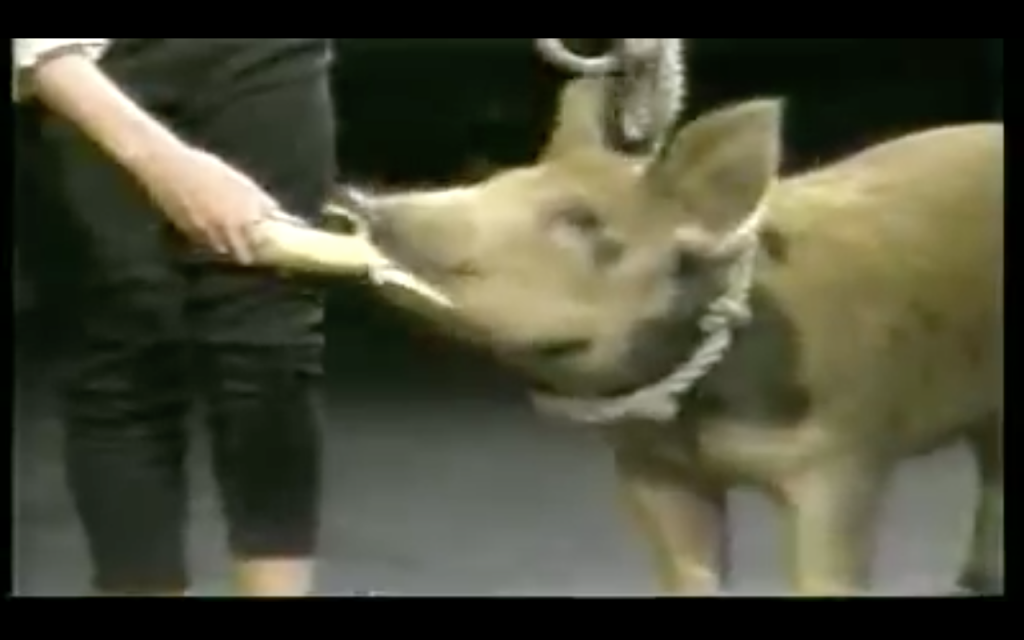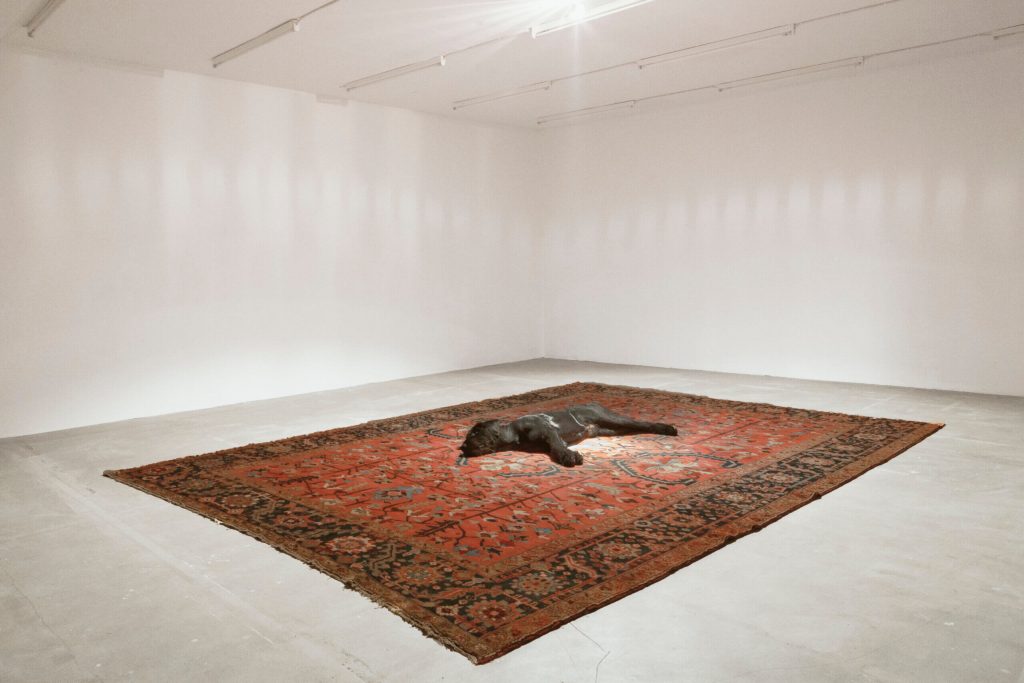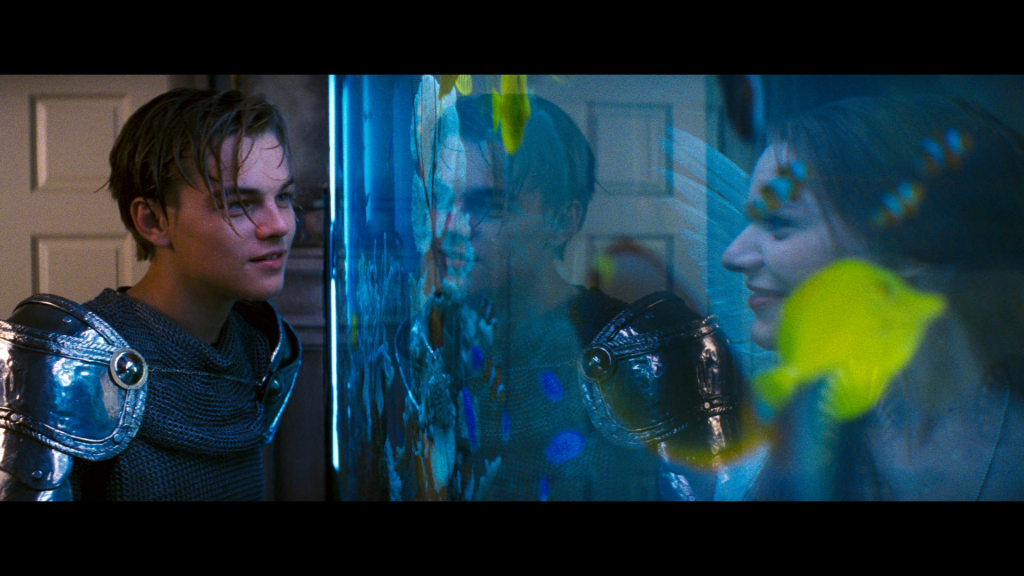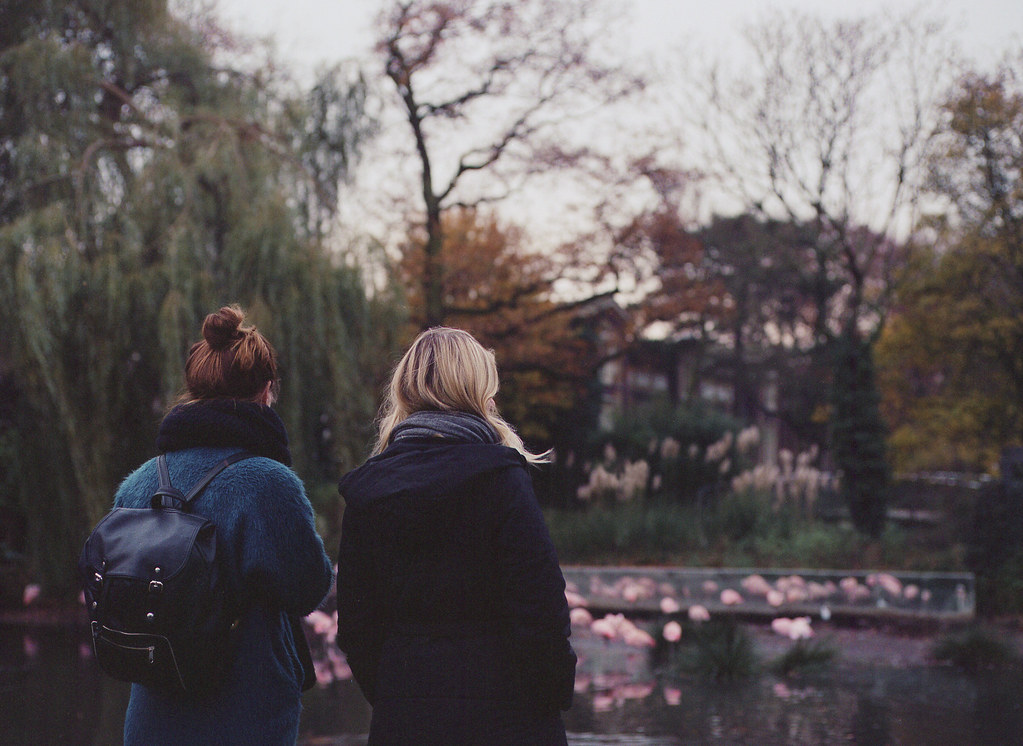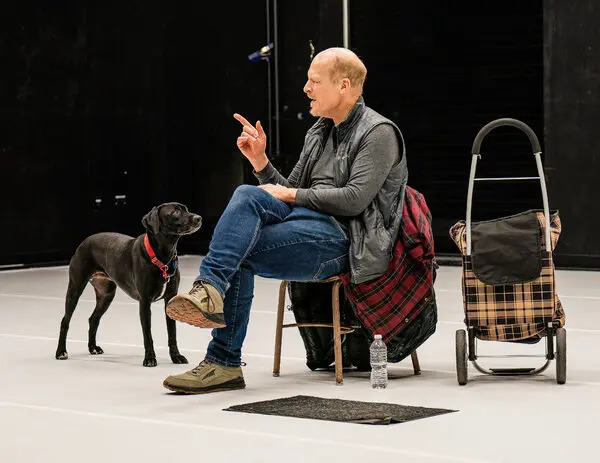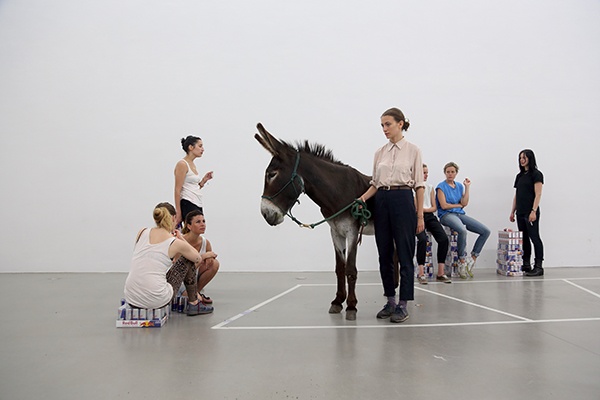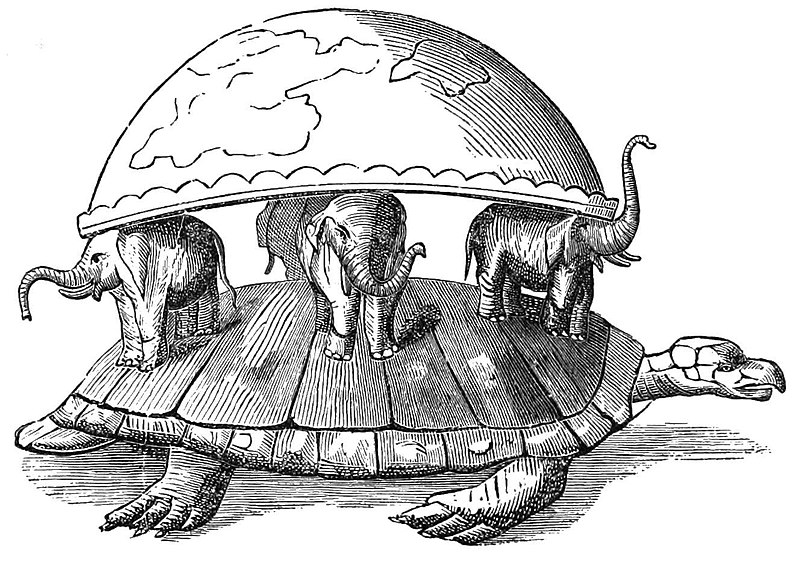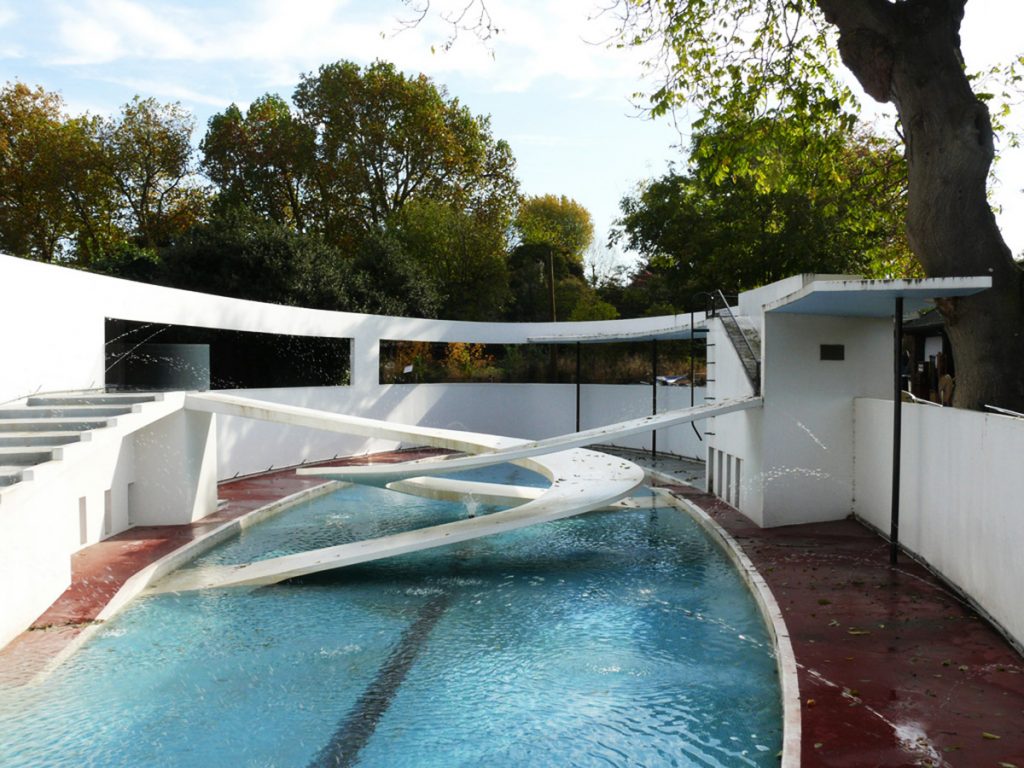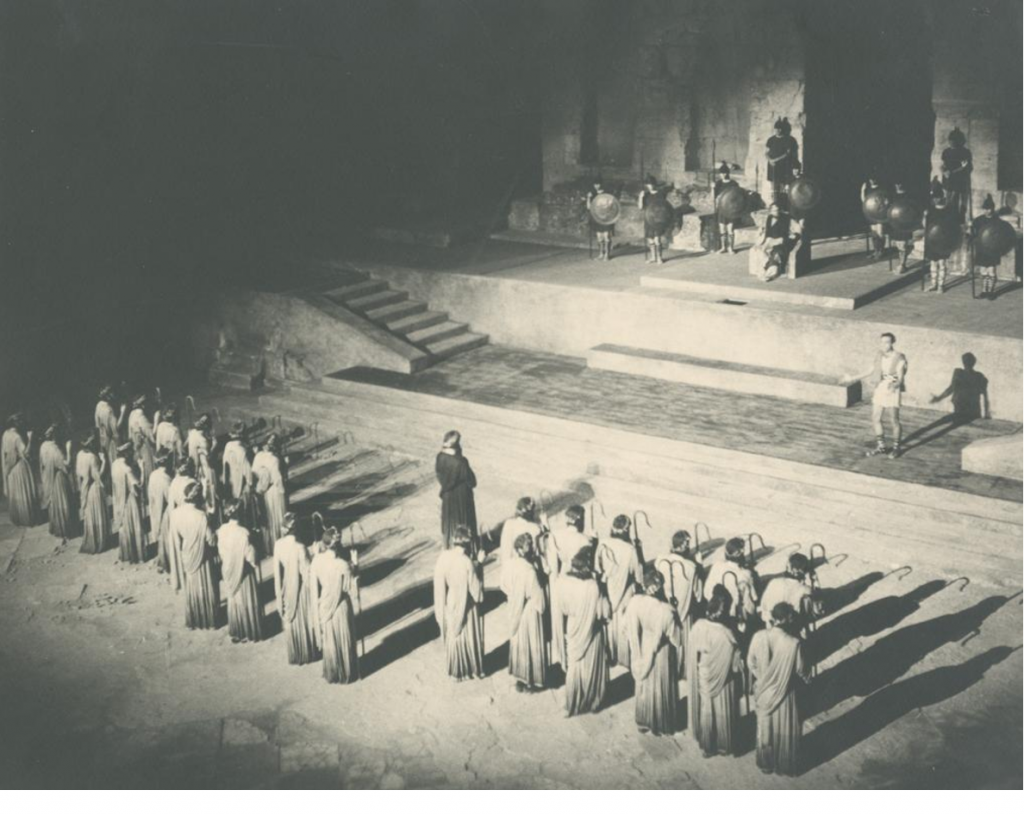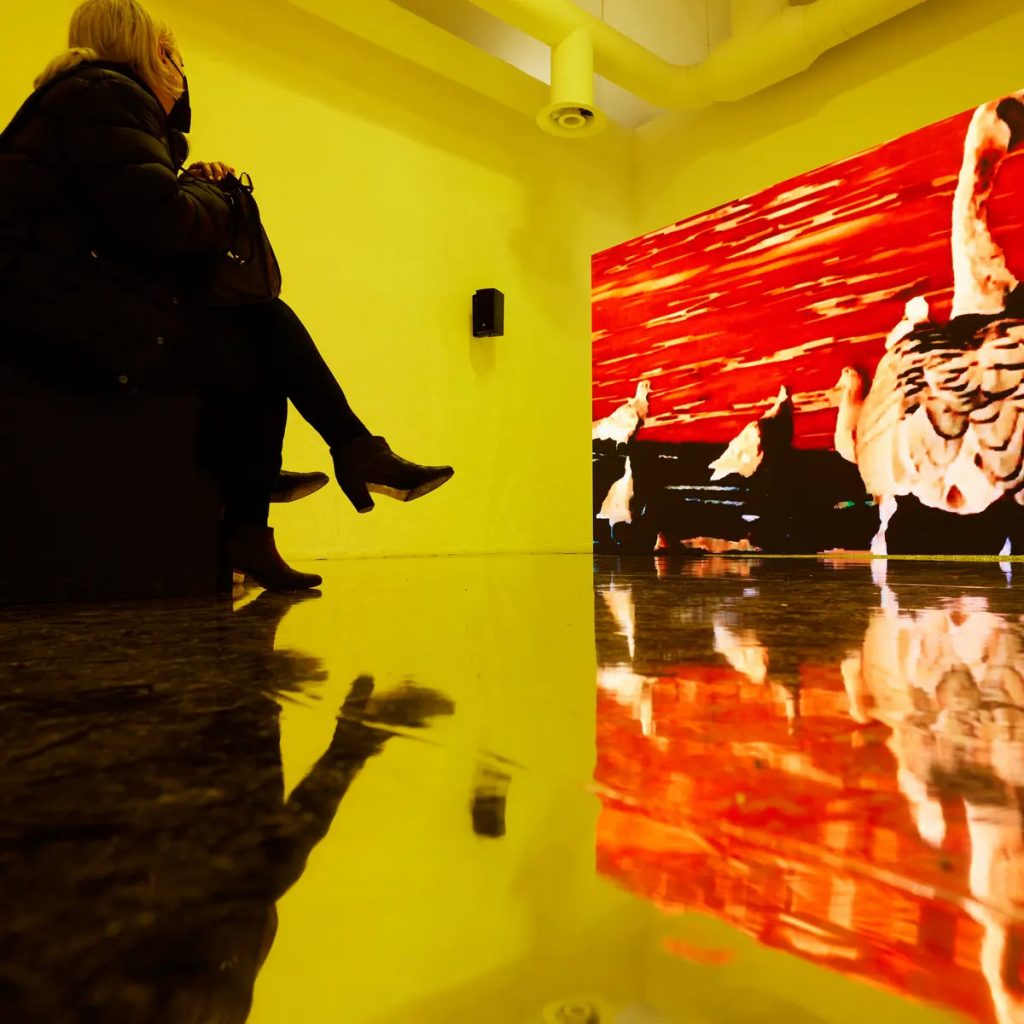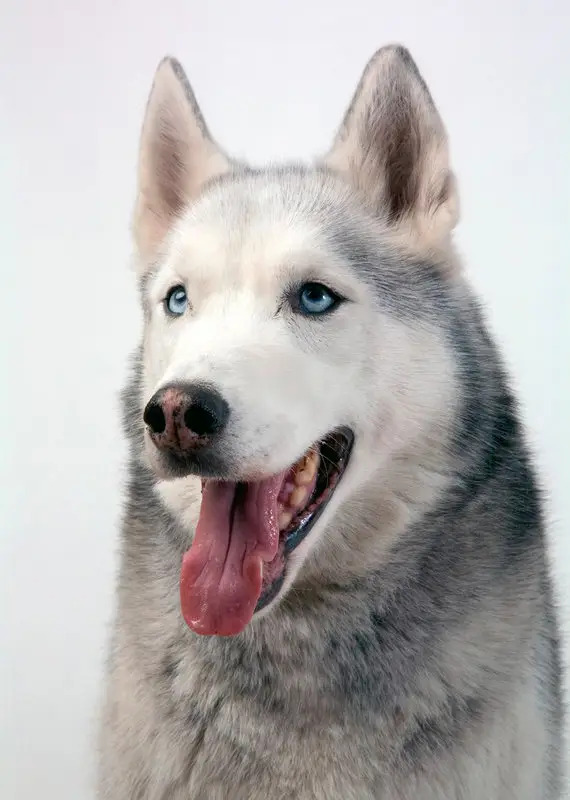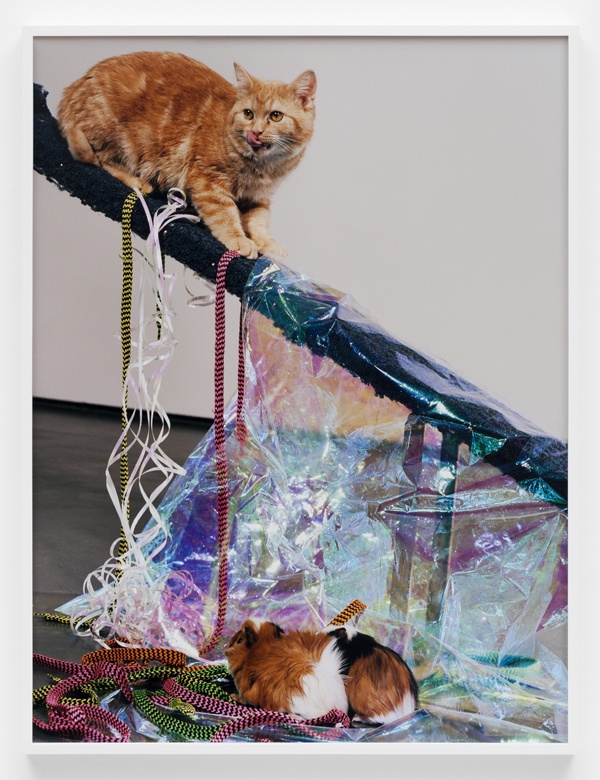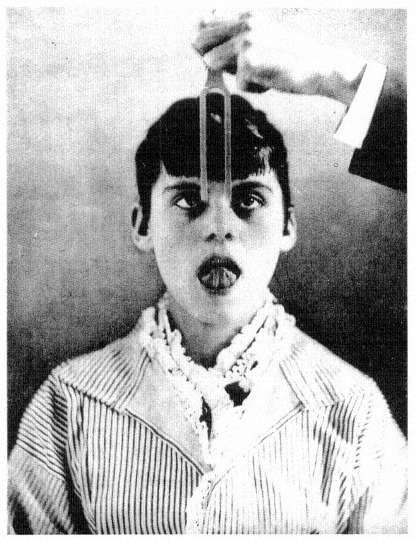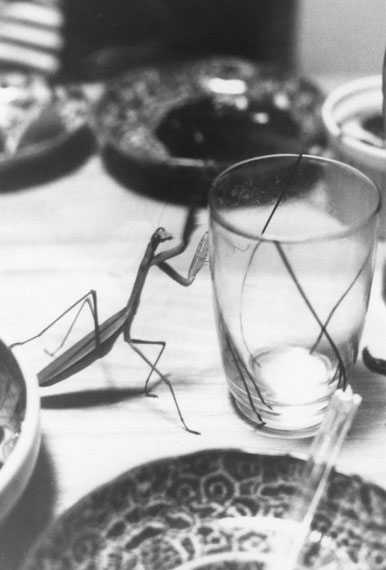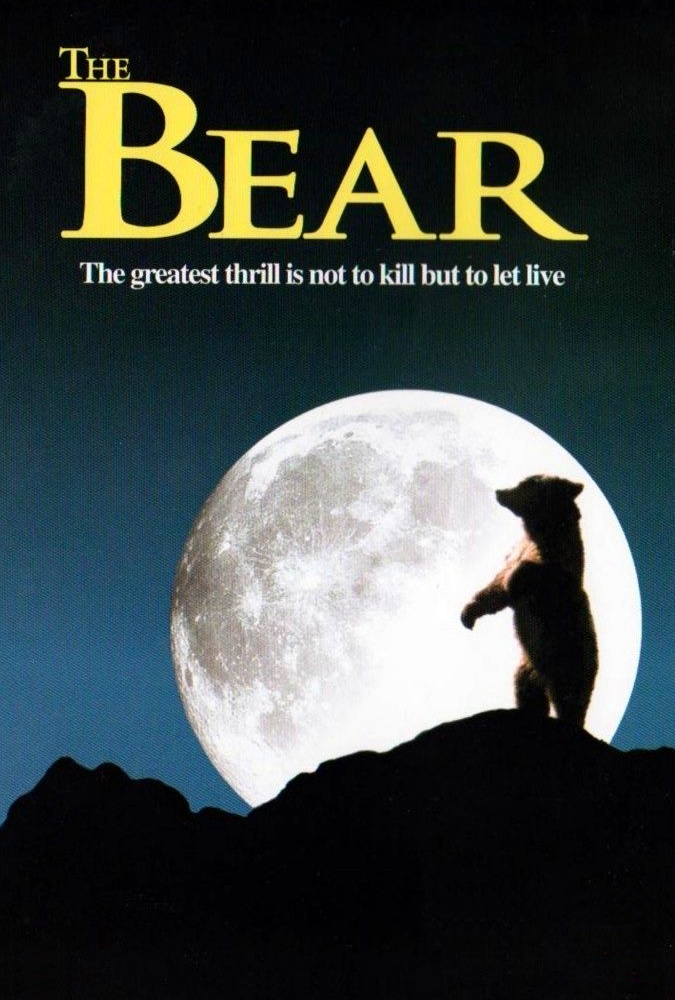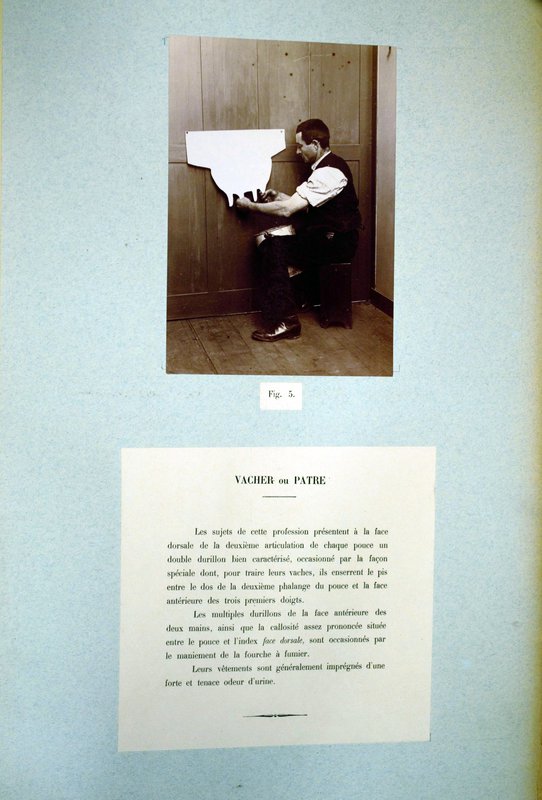All the world’s a cage
In de online tentoonstelling die beeldend kunstenaar Artun Alaska Arasli voor Mister Motley samenstelde, legt hij een parallel bloot tussen acteurs op theaterpodia en wilde dieren in de kooien van dierentuinen. ‘Een kooi is een artificieel construct, zoals het theaterpodium dat is; de vroegste dierentuinen – die ooit werden opgetuigd in de tuinen van koninklijke families- werden gezien als de eerste theaters van het wild, waarin dieren werden gedwongen dierlijk gedrag te vertonen.’
(De originele Engelstalige tekst van Arasli vind je onder zijn beeldverzameling)
De overeenkomst tussen het theaterpodium en kooien in de dierentuin strekt veel verder dan de tegenstelling tussen toeschouwer en degene die bekeken wordt. Dieren in gevangenschap roepen ook vragen op over identiteit en bewustzijn, en vormen een symbool van de controledrang en uitbuiting die mensen op de natuur botvieren. Op het podium kan het aangeleerde en gerepeteerde gedrag eindeloos worden herhaald in verschillende variaties. Een kooi is een artificieel construct, zoals het theaterpodium dat is; de vroegste dierentuinen – die ooit werden opgetuigd in de tuinen van koninklijke families- werden gezien als de eerste theaters van het wild, waarin dieren werden gedwongen dierlijk gedrag te vertonen. De repetitieve grondslag van het uit het hoofd leren van een tekst vertoont gelijkenissen met geconditioneerd gedrag; dramaturgische werken waarin dieren op een podium worden getoond vormen een getuigenis van de condities van de productie en verkrijgen zo een macabere onvoorspelbaarheid. Deze goed getrainde dieren veranderen deze live evenementen in een kritische reflectie door de draak te steken met alle moeite die de menselijke acteurs steken in het belichamen van hun personages.
Mijn ervaring in het schrijven voor theater en het repeteren met acteurs heeft me één ding geleerd: je gedraagt je als Beckett en beheerst minutieus ieder detail, of je geeft het uit handen en laat iedere acteur zijn eigen ding doen. Zoals de theorie van Skinner en diens experiment met duiven onthulde: correlatie is niet hetzelfde als oorzakelijkheid. Ik hou ervan als dieren toevallige maar onmisbare rollen spelen in films, zoals de vissen in Romeo + Juliet. Aan de andere kant is het verontrustend dat de meeste dierentuinen zijn ontworpen als podia, met verschillende in- en uitgangen. Ik begon met het verzamelen van en het nadenken over deze afbeeldingen toen ik “Invention of Hysteria” van Georges Didi-Huberman las, in 2018. Het boek vertelt over de Salpêtrière kliniek in Parijs, gedurende de wisseling van de 19e en 20e eeuw en over de neuroloog Jean-Martin Charcot en zijn assistenten die (naast andere verschrikkelijke dingen) leeuwerikspiegels inzetten —spiegels die worden gebruikt om vogels te lokken—om vrouwelijke patiënten uit te dagen, te provoceren en angstig te maken, om hen vervolgens te fotograferen in een poging wetenschappelijk ‘bewijs’ te verzamelen van hun zogenaamd ‘hysterische’ gedrag. Fotografie werd in die tijd tenslotte gezien als wetenschappelijk objectief medium—slechts bestaand uit lenzen en chemicaliën. Inmiddels weten we gelukkig beter.
Deze beeldverzameling getuigt tot op zekere hoogte van mijn interesse in leren/reproduceren/repeteren. Als fotografische werken herinneren ze me ook aan de camera als een onrechtvaardig apparaat dat discrimineert zodra het inkadert. Sinds mijn tiende heb ik geen dierentuin meer bezocht. Ik ga nog wel regelmatig naar het theater.
The relationship between the theater stage and the zoo cage extends beyond the looker and the looked-at dichotomy. Animals in captivity, too, pose questions of identity and consciousness, and symbolize human societies’ exploitative and controlling intentions towards nature. On stage, the learned and rehearsed behavior can be endlessly replicated to varying degrees of similitude. A cage is an artificially constructed habitat like the theater stage; early zoos—as they once existed in the gardens of royalties—were, in fact, considered the first theatres of the wild, where animals forcibly rehearsed animal-ness. The repetitive nature of rehearsing a text is reminiscent of behavioral conditioning; dramatic works with animals on stage inherently display the conditions of their production, lending a macabre unpredictability to the pieces. The well-learned animals turn these live events into a critical appraisal of their context by way of mocking the painstaking lengths actors go to embody their own characters.
My experience in writing for theater and rehearsing with actors taught me one thing: either you’re Beckett and insist on minute details, or every actor is going to do their thing. As the Skinner conditioning experiment for pigeons imply: correlation does not imply causation. I love when animals play accidental but deadly important roles in films, like the fishes in Romeo + Juliet. On the other end of this thought, somehow, is the eerie fact that most zoo environments are designed like stages, with multiple entrances and exits. I set out on thinking about and collecting these images when I read “Invention of Hysteria” by Georges Didi-Huberman in 2018. The book is about the Salpêtrière clinic in Paris at the turn of the 20th century, and the neurologist Jean-Martin Charcot and his assistants who used (among many other awful things) lark mirrors—mirrors used to attract and capture birds—to taunt, provoke, and instate fear in, female patients, whom then they would photograph as to provide scientific “proof” for their (invented) “hysterical” behavior. After all, photography was at the time deemed scientifically objective—only chemicals and lenses: we thankfully now know a bit better.
This collection of images reflects to some degree my interest in learning/replicating/rehearsing. As photographic images, they also remind me of the camera as an unjust apparatus that discriminates as it frames. I haven’t been to the zoo since I’m at least 10 years old. I do go to the theater regularly.
